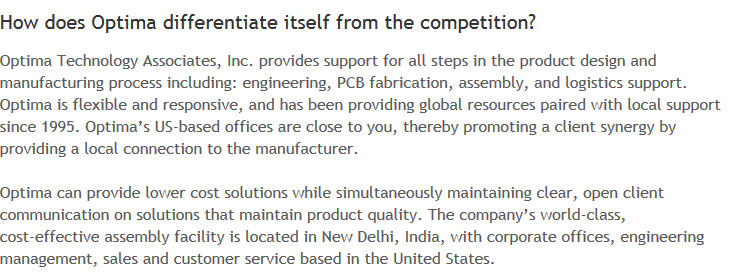What are Environmental Controls?
Environmental controls are electronics that measure and control the temperature within heating and cooling systems. Using customizable direct digital control, various uses and features can be enabled including setpoints, time schedules, timers, logic signals, controllers, alarms and trend logs. Digital and analog inputs included with environmental controls assist in the measurement of variables such as humidity, temperature and pressure.
Digital inputs for these systems generally are dry contacts connected to a control device. Analog inputs for environmental controls usually consist of a measurement of current or voltage from a sensing device that detects variables (humidity, temperature, pressure or velocity). Relay contacts are generally the type of digital outputs used in environmental controls for starting and stopping operations. Current signals or voltages are typically used for analog outputs to control the dampers, motors and valves that affect the medium (water/steam/air) movement.
What are the benefits of Environmental Controls?
Environmental controls provide many benefits for HVAC installations in homes and commercial facilities. The value of the building is increased, in part due to the energy efficiency that is provided by environmental controls. The technology allows for easy temperature zoning (HVAC zone control), which has two positive results: a reduction of energy costs and comfort for residents and guests.
Environmental controls also make it possible for airflow to be optimized via advanced wireless dampers. This provides an increase in consistency of temperature due to even distribution of conditioned air, by controlling velocity, angle and pressure of the air’s entry into a room.
What are the applications of Environmental Controls?
Environmental controls have a variety of applications. One of the most common is time scheduling of heating and cooling. This allows air to be conditioned and maintained at temperatures appropriate for the type of use that tends to occur during certain times of the day or week.
Set points allow environmental controls to regulate with precision the temperature of an indoor environment. This technology allows the computer to sense the temperature, compare it against the set point, and adjust the heating, cooling and ductwork to achieve the temperature specified in the environmental controls.
